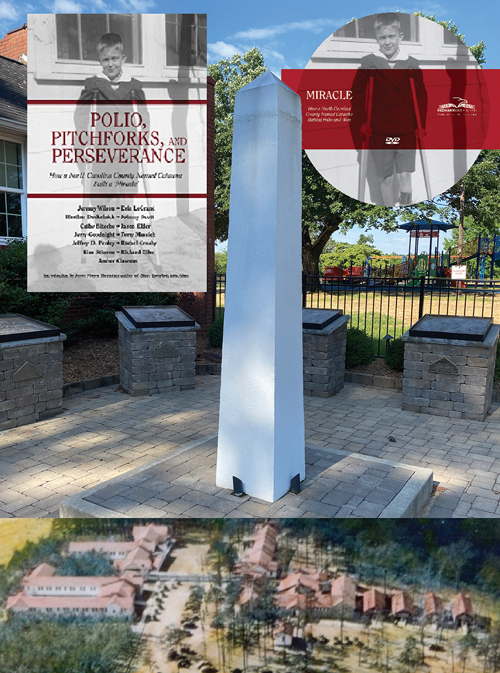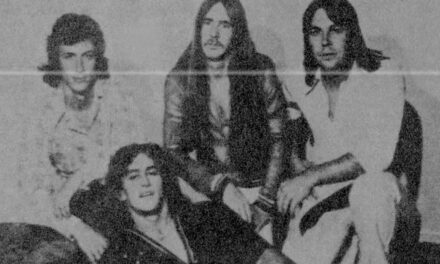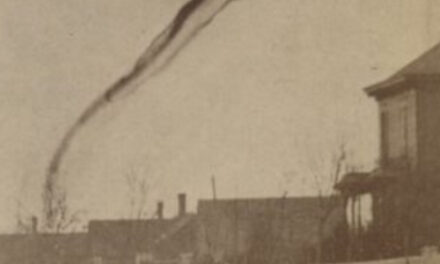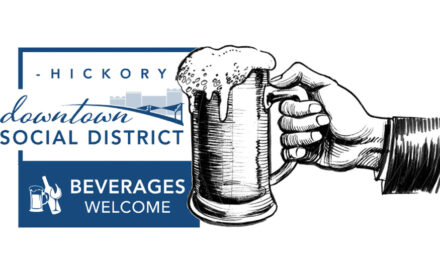
Eighty years ago this summer, Hickory was fighting its own second war. While troops were battling the Japanese, island-hopping to take back the Pacific on one end of the world and pushing Hitler’s army back on another, closer to home, every available hand was called up to treat those inflicted with polio.
 A year earlier, an outbreak erupted in Chicago. The National Foundation for Infantile Paralysis led the effort to save the lives of those inflicted. Largely, they were successful. The mortality rate was around 8 percent, meaning 92% of patients survived. When 1944’s epidemic came to the region surrounding Hickory, doctors hoped to maintain those numbers. After all, Hickory did not have the resources of a big city like Chicago. Most didn’t even know how to get to Hickory.
A year earlier, an outbreak erupted in Chicago. The National Foundation for Infantile Paralysis led the effort to save the lives of those inflicted. Largely, they were successful. The mortality rate was around 8 percent, meaning 92% of patients survived. When 1944’s epidemic came to the region surrounding Hickory, doctors hoped to maintain those numbers. After all, Hickory did not have the resources of a big city like Chicago. Most didn’t even know how to get to Hickory.
Some cases were critical. A lawyer from Wilkesboro brought his son over only to discover that the five-year-old had two types of polio. One arrested use of his limbs, the other paralyzed his breathing. John Bryan remembered his stay at the emergency hospital, recalling that if there had not been an iron lung available for him, he would never have lived. In fact, his father was told to start making funeral arrangements.
With both a feeding tube and a breathing tube inserted, John spent five weeks without much of a sign of whether he would make it or not. Meanwhile, his father volunteered to do whatever task the hospital needed. So thankful that everyone there was giving the best care available to his son, he spent all of his energy helping out. John survived, later transferring to Warm Springs, Georgia, the same care center FDR used and invested in when he suffered from paralysis in the 1920s.
Not every case was that severe. The first wave in June subsided but was followed by another in August. That’s when Dan Moury was admitted. He was from Burlington and contracted polio during the family’s summer vacation. A spinal tap confirmed he was infected and his parents brought him to Hickory. He remembered liking his time in the hospital, since he didn’t have to go to school. His mother, like John’s father, volunteered at the hospital, so she could be close to her child.
Norman, Dan’s father, also aided, but in a unique way. He filmed everything he could, including rehabilitation efforts. After editing the scenes together, he took the movie across the state to show anyone who wanted to see what was going on in Hickory, raising money for the March of Dimes. It’s the only color film of the hospital that exists.
The Hickory Polio treatment center operated until March of 1945 when the remaining patients were moved to Charlotte. The endeavor yielded impressive results. Instead of the mortality rate at 8% as doctors hoped, the number was far lower. Despite fears over the primitive conditions in the NC foothills, less than 3 percent of patients died. That number might have been ever lower but for several patients brought in during the last 12 hours of their life. Still, the communal effort to save lives worked in a tremendous way.
That’s why they call it the Miracle of Hickory.
Photos: Tower of Miracles Obelisk with Dan Moury on the cover of the Redhawk Publications book and documentary, which features the film of his father, available through redhawkpublications.com.









